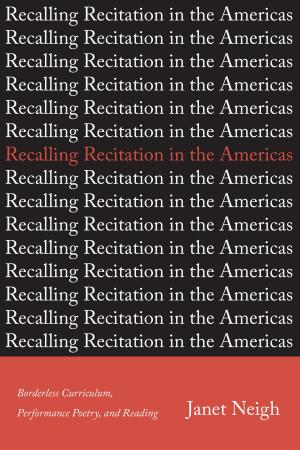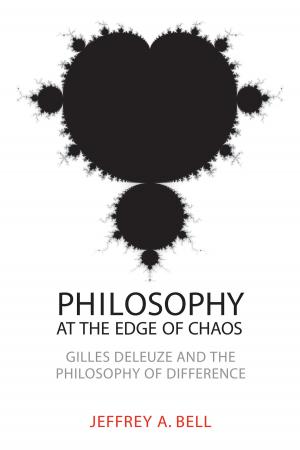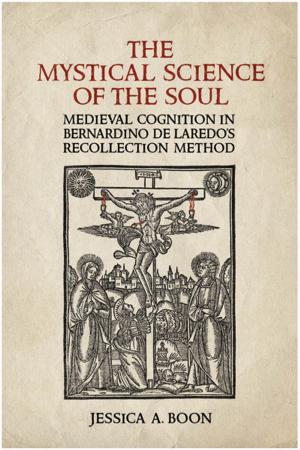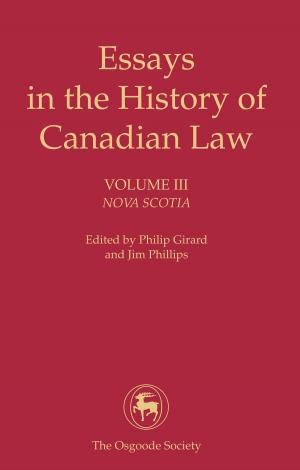The Tale of the Alerion
Fiction & Literature, Literary Theory & Criticism, Medieval, French, Poetry History & Criticism| Author: | Guillaume De Machaut, Minnette Gaudet, Constance B. Hieatt | ISBN: | 9781442616561 |
| Publisher: | University of Toronto Press, Scholarly Publishing Division | Publication: | September 20, 2013 |
| Imprint: | Language: | English |
| Author: | Guillaume De Machaut, Minnette Gaudet, Constance B. Hieatt |
| ISBN: | 9781442616561 |
| Publisher: | University of Toronto Press, Scholarly Publishing Division |
| Publication: | September 20, 2013 |
| Imprint: | |
| Language: | English |
Guillaume de Machaut, the most important poet and musician of fourteenth-century France, had considerable influence on subsequent generations of writers in both France and England. With this scholarly translation, Minnette Gaudet and Constance B. Hieatt made his long-neglected narrative poem, the Dit de l’alerion – a treatise on love and falconry – available to students of medieval literature.
In the poem, Machaut defines the problems and pleasures of courtly love by comparing them to those of falconry, a sport which modern readers know little about. The introduction and notes to this edition provide valuable information about the art of falconry, thus clarifying aspects of the poem which might be hard to understand today. The scholarly notes and introduction furnish explications and variant readings of obscure passages and comments on wordplay. A running summary of the contents of the poem is also provided in the margins.
Guillaume de Machaut, the most important poet and musician of fourteenth-century France, had considerable influence on subsequent generations of writers in both France and England. With this scholarly translation, Minnette Gaudet and Constance B. Hieatt made his long-neglected narrative poem, the Dit de l’alerion – a treatise on love and falconry – available to students of medieval literature.
In the poem, Machaut defines the problems and pleasures of courtly love by comparing them to those of falconry, a sport which modern readers know little about. The introduction and notes to this edition provide valuable information about the art of falconry, thus clarifying aspects of the poem which might be hard to understand today. The scholarly notes and introduction furnish explications and variant readings of obscure passages and comments on wordplay. A running summary of the contents of the poem is also provided in the margins.















